In light of recent events, I am republishing.]
By Catherine Austin Fitts
In the fall of 2001 I attended a private investment conference in London to give a paper, The Myth of the Rule of Law or How the Money Works: The Destruction of Hamilton Securities Group.
The presentation documented my experience with a Washington-Wall Street partnership that had:
- Engineered a fraudulent housing and debt bubble;
- Illegally shifted vast amounts of capital out of the U.S.;
- Used “privitization” as a form of piracy – a pretext to move government assets to private investors at below-market prices and then shift private liabilities back to government at no cost to the private liability holder.
Other presenters at the conference included distinguished reporters covering privatization in Eastern Europe and Russia. As the portraits of British ancestors stared down upon us, we listened to story after story of global privatization throughout the 1990s in the Americas, Europe, and Asia.
Slowly, as the pieces fit together, we shared a horrifying epiphany: the banks, corporations and investors acting in each global region were the exact same players. They were a relatively small group that reappeared again and again in Russia, Eastern Europe, and Asia accompanied by the same well-known accounting firms and law firms.
Clearly, there was a global financial coup d’etat underway.
The magnitude of what was happening was overwhelming. In the 1990’s, millions of people in Russia had woken up to find their bank accounts and pension funds simply gone – eradicated by a falling currency or stolen by mobsters who laundered money back into big New York Fed member banks for reinvestment to fuel the debt bubble.
Reports of politicians, government officials, academics, and intelligence agencies facilitating the racketeering and theft were compelling. One lawyer in Russia, living without electricity and growing food to prevent starvation, was quoted as saying, “We are being de-modernized.”
Several years earlier, I listened to three peasant women describe the War on Drugs in their respective countries: Colombia, Peru, and Bolivia. I asked them, “After they sweep you into camps, who gets your land and at what price?” My question opened a magic door. They poured out how the real economics worked on the War on Drugs, including the stealing of land and government contracts to build housing for the people who are displaced.
At one point, suspicious of my understanding of how this game worked, one of the women said, “You say you have never been to our countries, yet you understand exactly how the money works. How is this so?” I replied that I had served as Assistant Secretary of Housing at the US Department of Housing and Urban Development (HUD) in the United States where I oversaw billions of government investment in US communities. Apparently, it worked the same way in their countries as it worked in mine.
I later found out that the government contractor leading the War on Drugs strategy for U.S. aid to Peru, Colombia and Bolivia was the same contractor in charge of knowledge management for HUD enforcement. This Washington-Wall Street game was a global game. The peasant women of Latin America were up against the same financial pirates and business model as the people in South Central Los Angeles, West Philadelphia, Baltimore and the South Bronx.
Later, courageous reporting by several independent investigative reporters confirmed in detail that the privatization and economic warfare model I discussed in London had deep roots in Latin America.
We were experiencing a global “heist”: capital was being sucked out of country after country. The presentation I gave in London revealed a piece of the puzzle that was difficult for the audience to fathom. This was not simply happening in the emerging markets. It was happening in America, too.
I described a meeting that had occurred in April 1997, more than four years before that day in London. I had given a presentation to a distinguished group of U.S. pension fund leaders on the extraordinary opportunity to re-engineer the U.S. federal budget. I presented our estimate that the prior year’s federal investment in the Philadelphia, Pennsylvania area had a negative return on investment.
We presented that it was possible to finance places with private equity and re-engineer the government investment to a positive return and, as a result, generate significant capital gains. Hence, it was possible to use U.S. pension funds to significantly increase retirees’ retirement security by successfully investing in American communities, small business and farms — all in a manner that would reduce debt, improve skills, and create jobs.
The response from the pension fund investors to this analysis was quite positive until the President of the CalPERS pension fund — the largest in the country — said, “You don’t understand. It’s too late. They have given up on the country. They are moving all the money out in the fall [of 1997]. They are moving it to Asia.”
Sure enough, that fall, significant amounts of moneys started leaving the US, including illegally. Over $4 trillion went missing from the US government. No one seemed to notice. Misled into thinking we were in a boom economy by a fraudulent debt bubble engineered with force and intention from the highest levels of the financial system, Americans were engaging in an orgy of consumption that was liquidating the real financial equity we needed urgently to reposition ourselves for the times ahead.
The mood that afternoon in London was quite sober. The question hung in the air, unspoken: once the bubble was over, was the time coming when we, too, would be “de-modernized?”
In 2009 — more than seven years later — this is a question that many of us are asking ourselves.
Part II: Rethinking Diversification
Related Reading:
Dillon, Read & Co. Inc. and the Aristocracy of Stock Profits



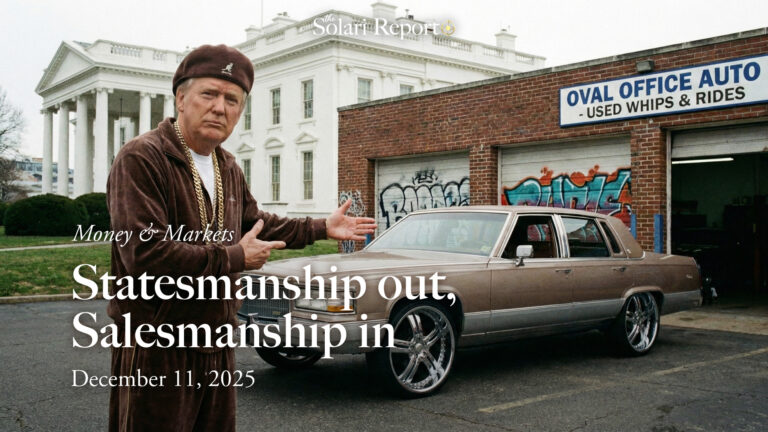
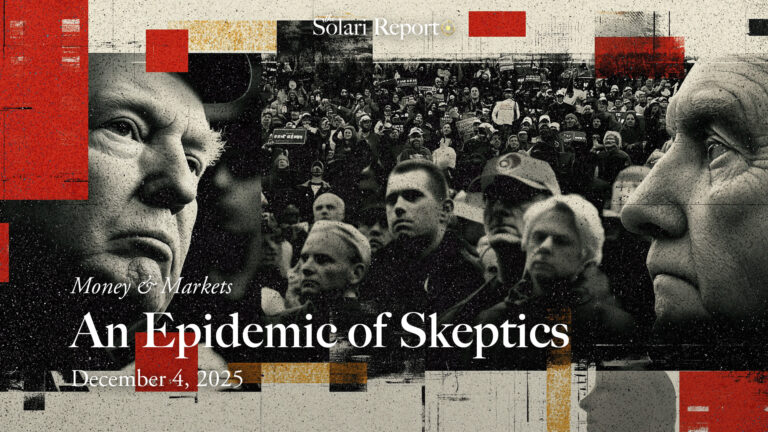

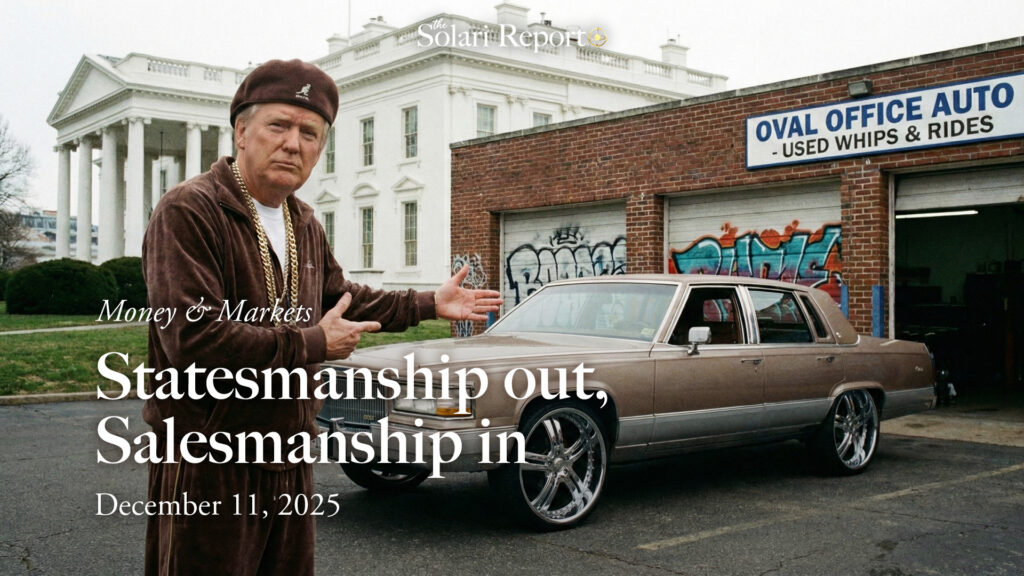
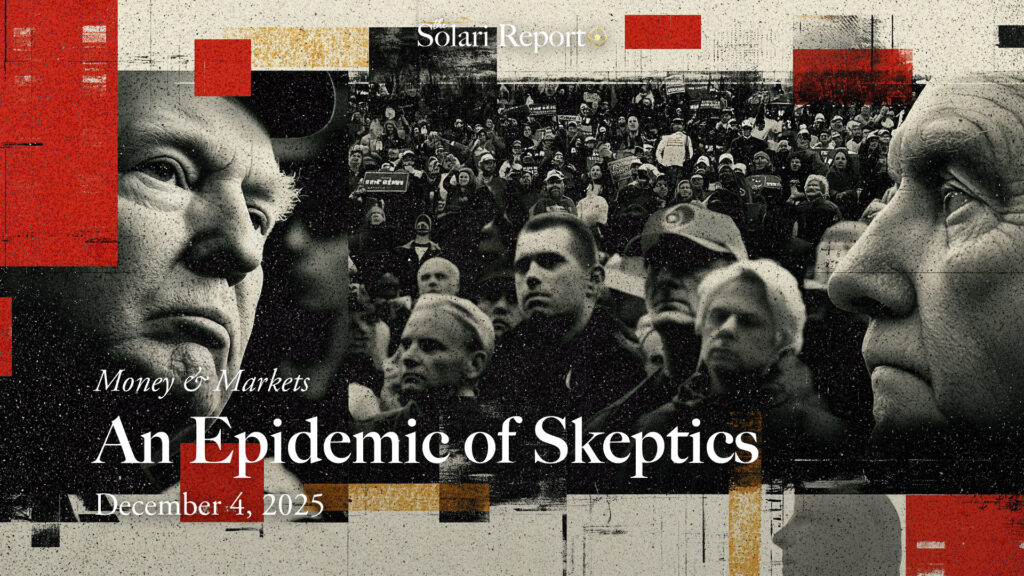

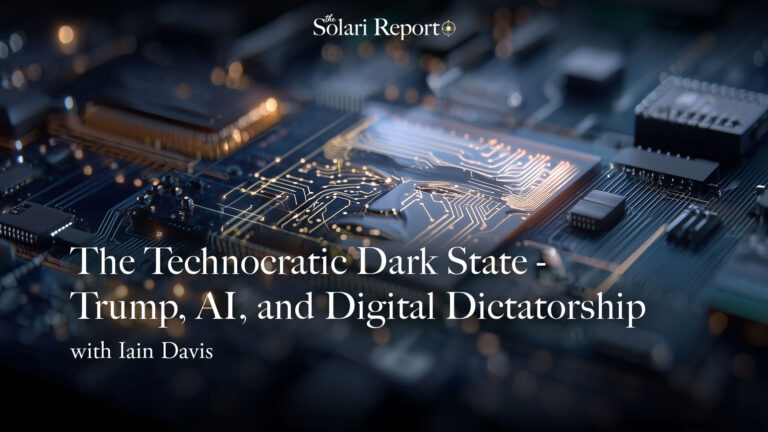

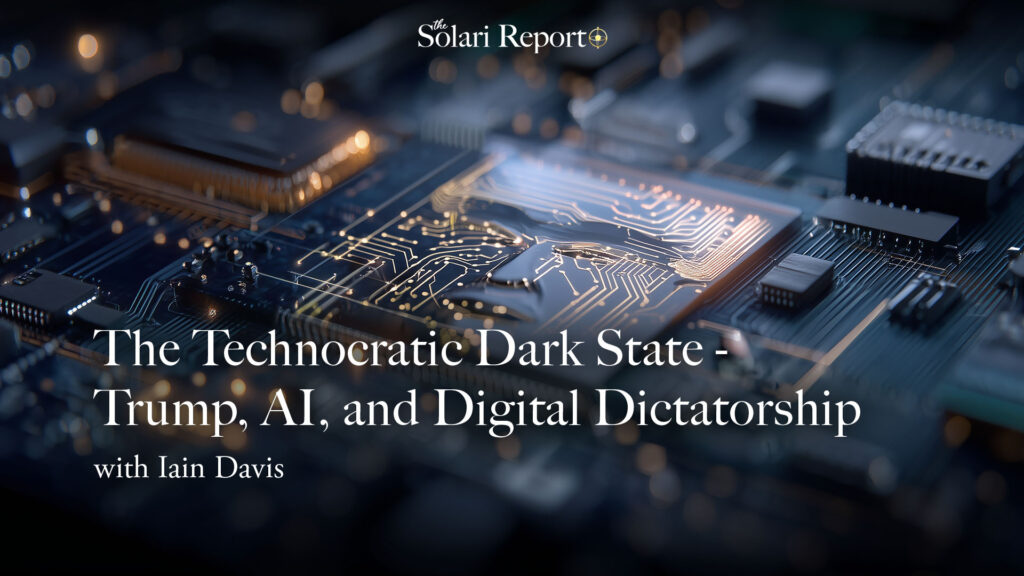

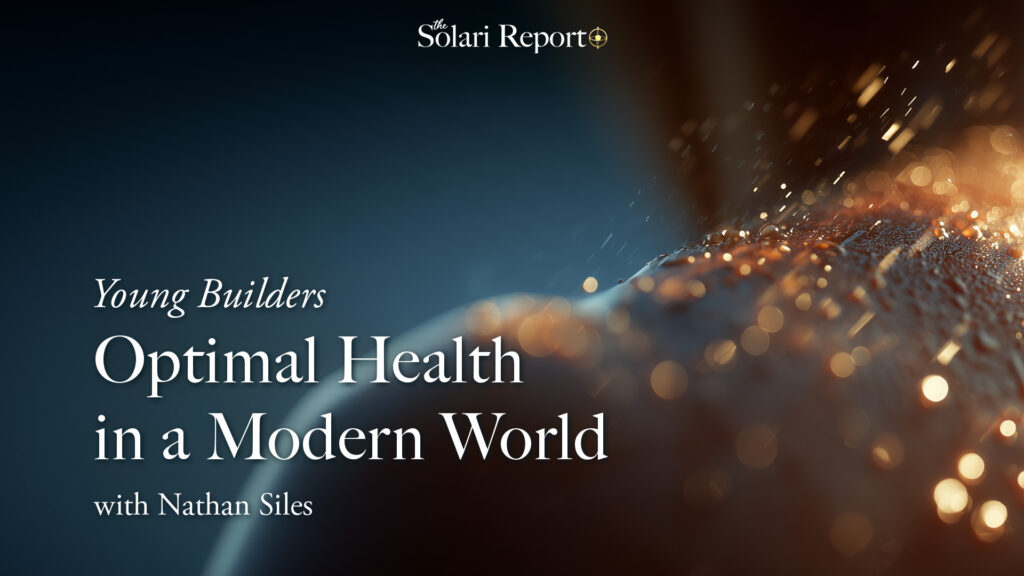
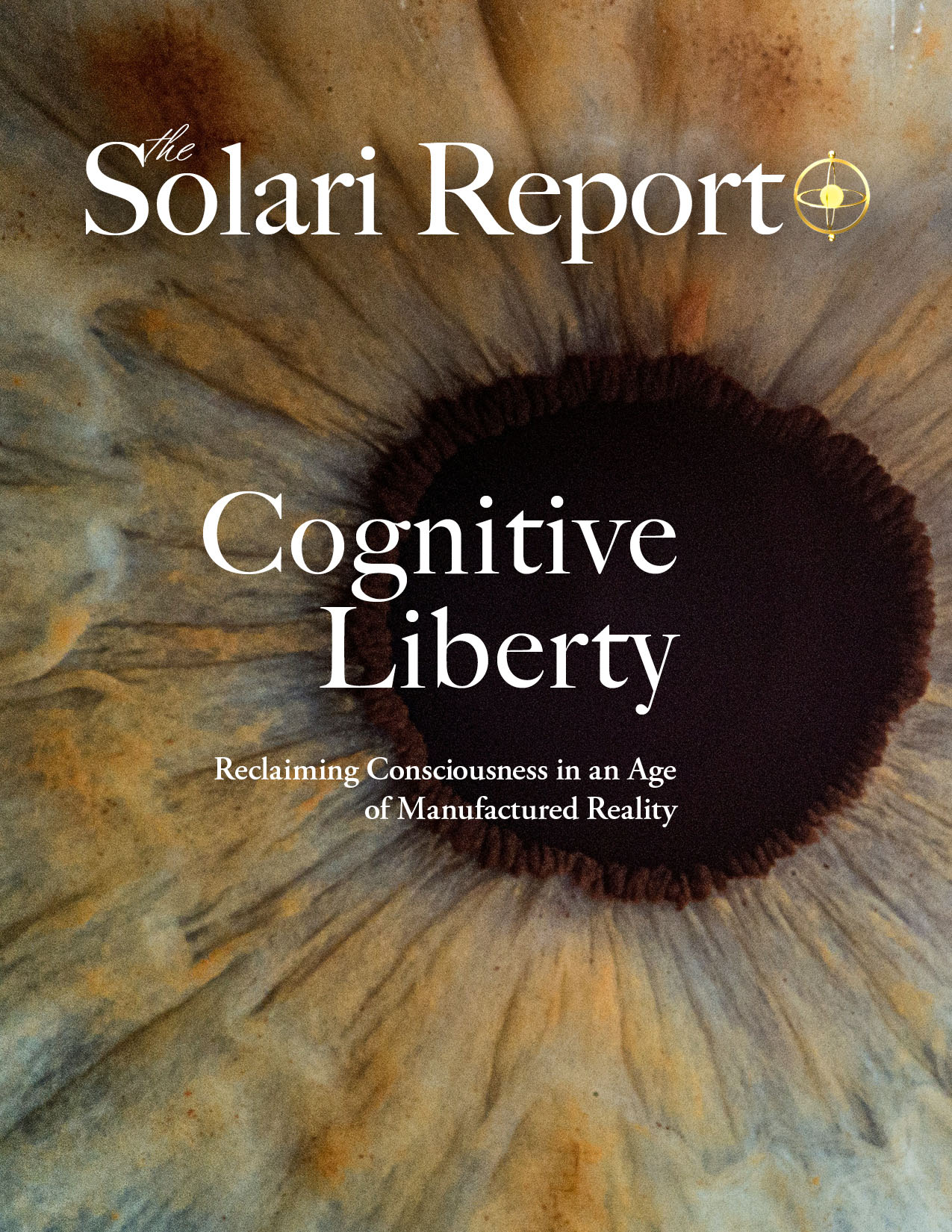
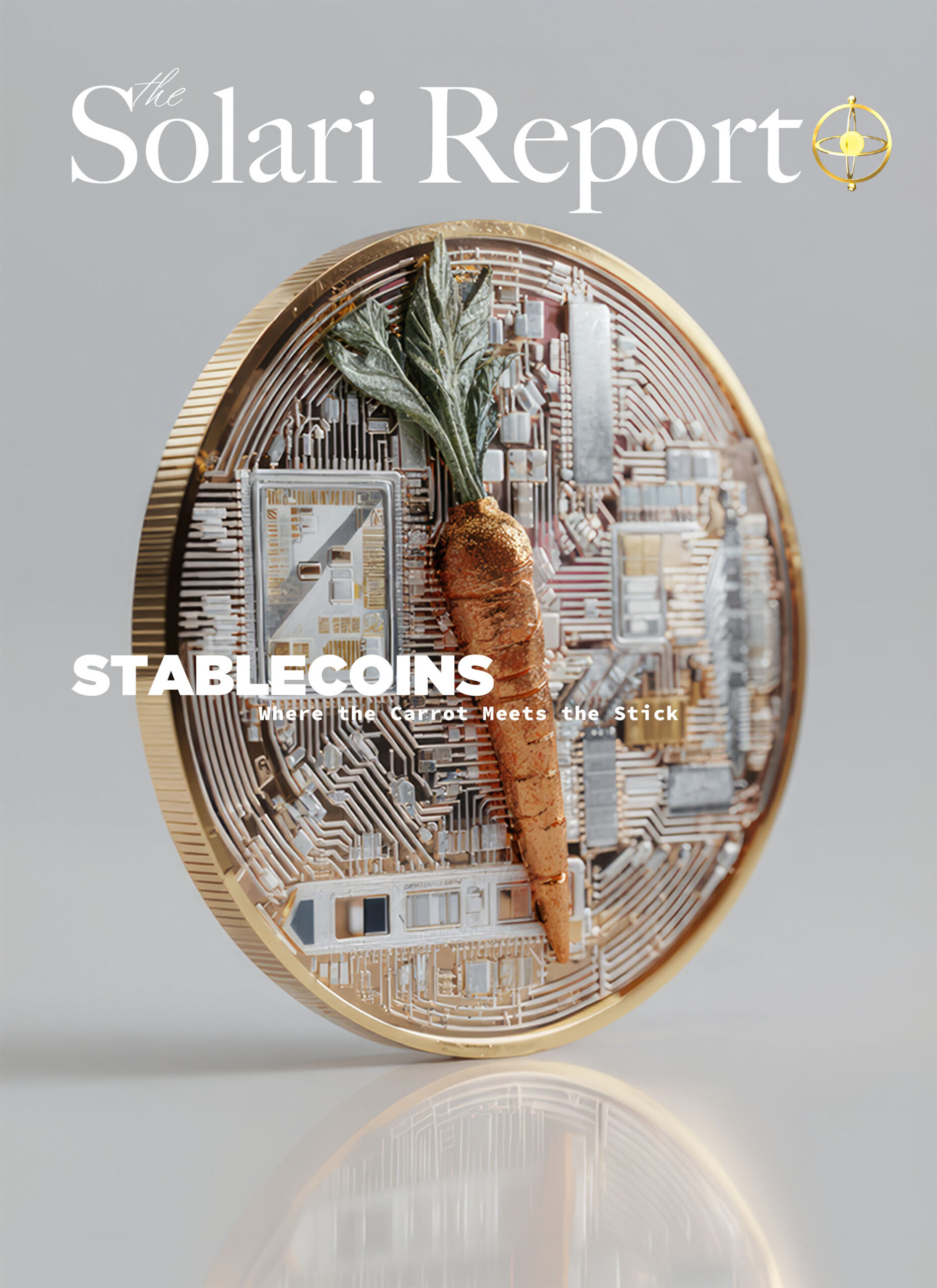

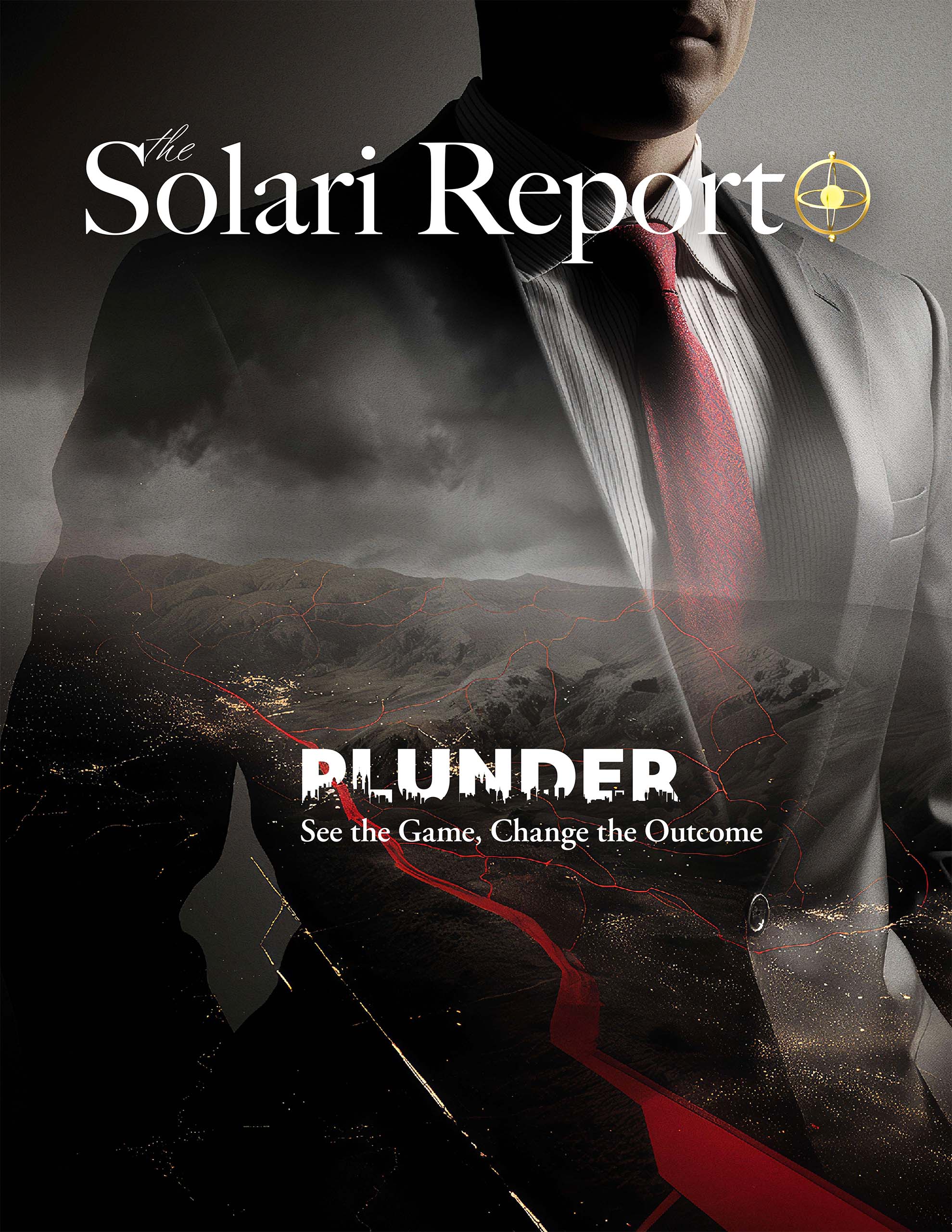


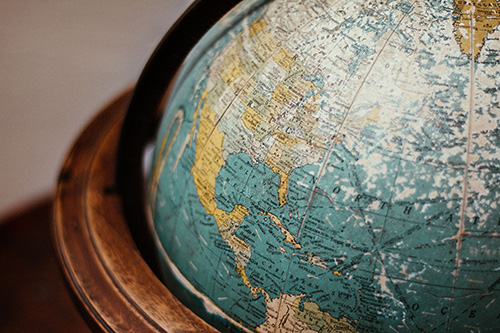






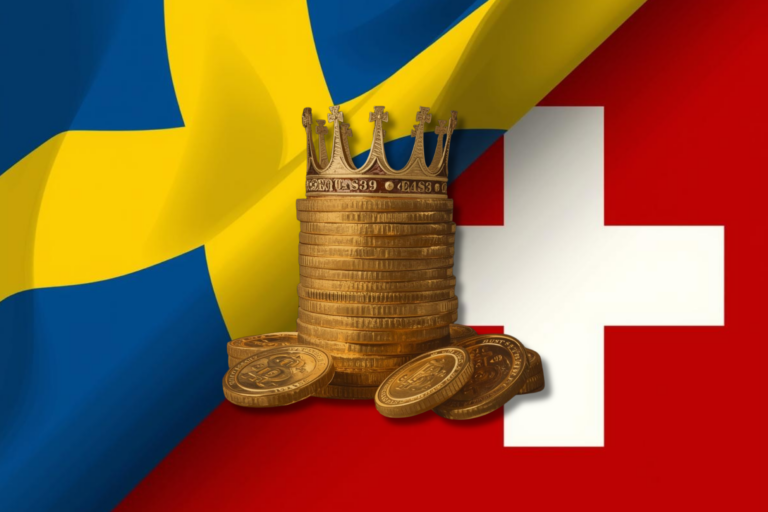

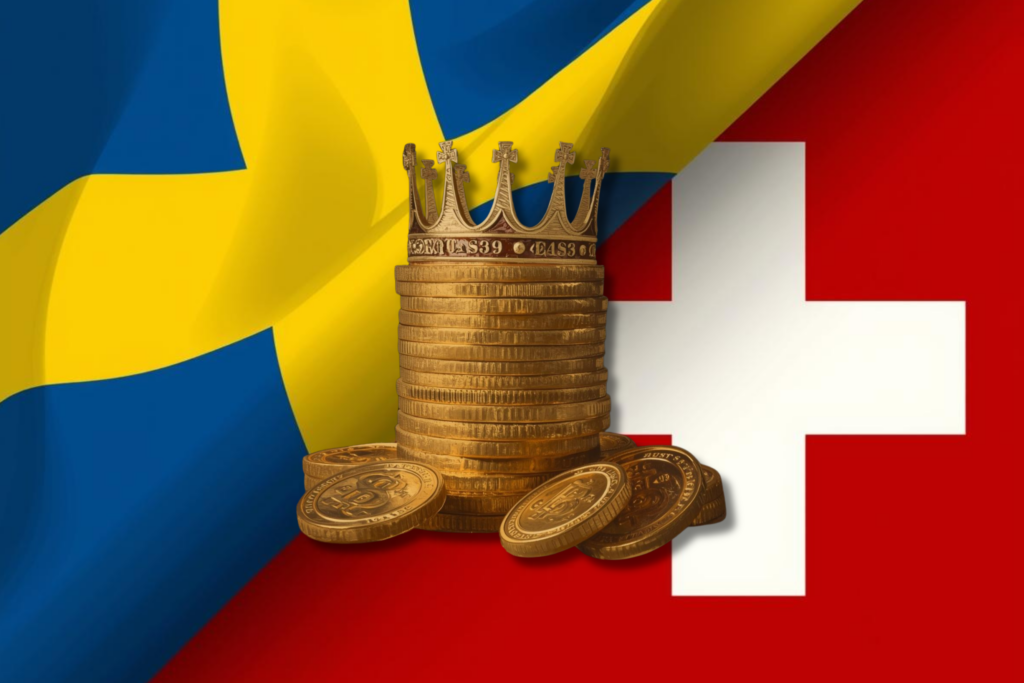

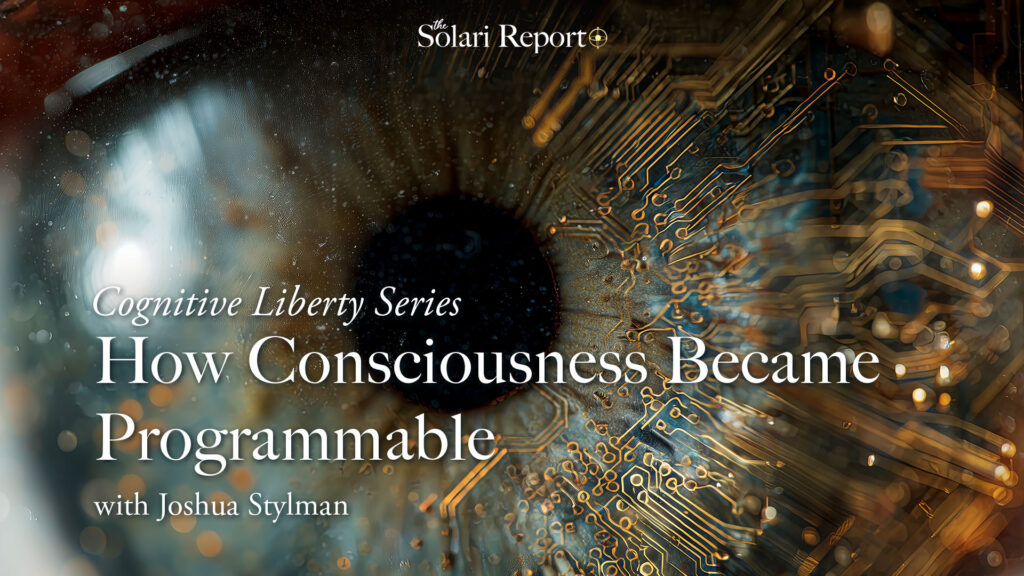
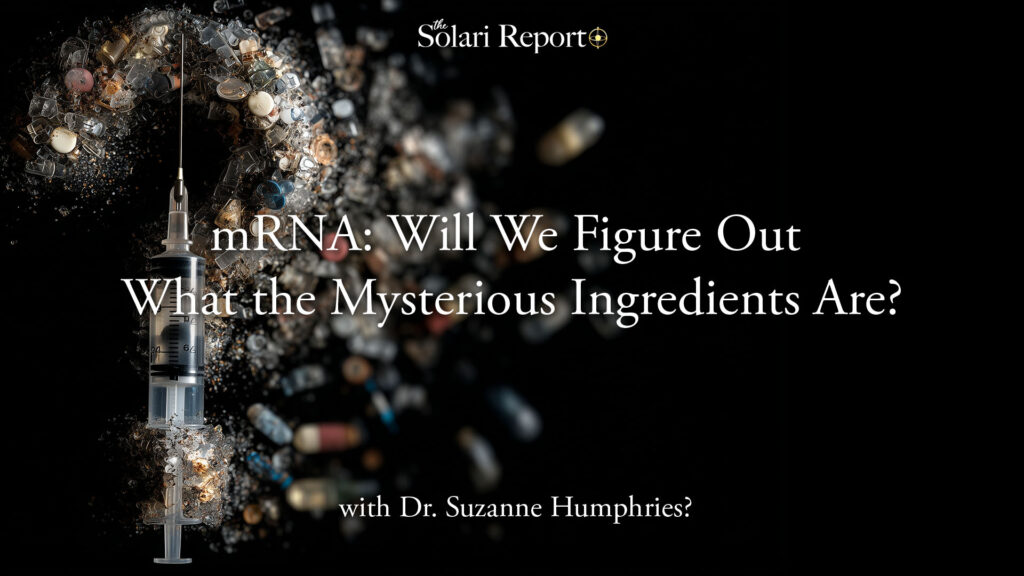


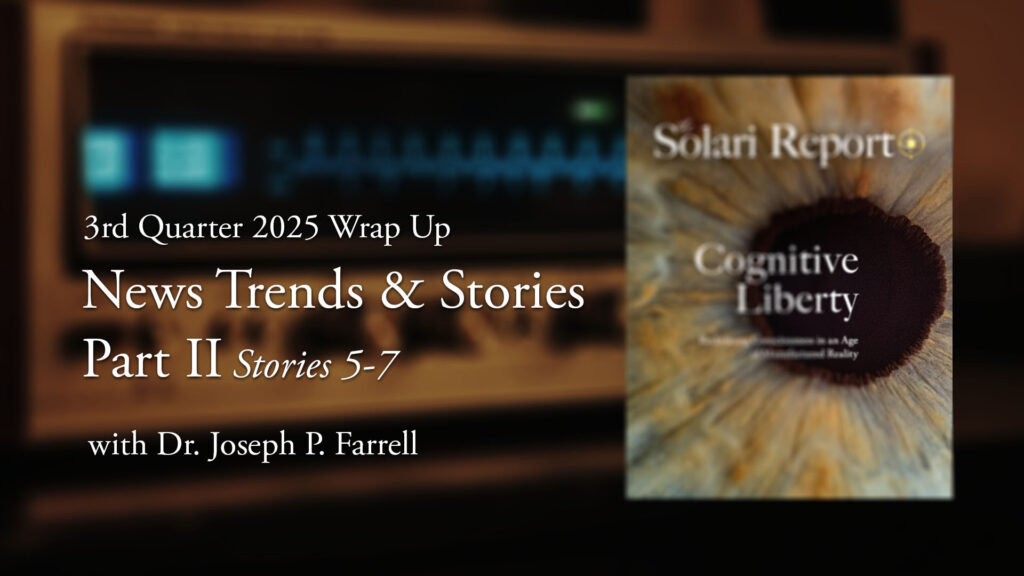
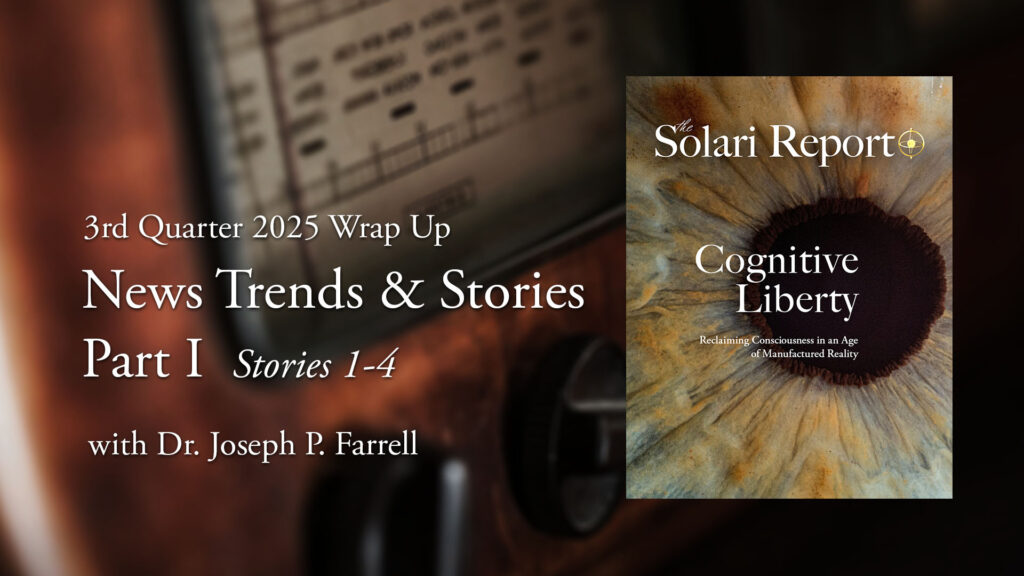
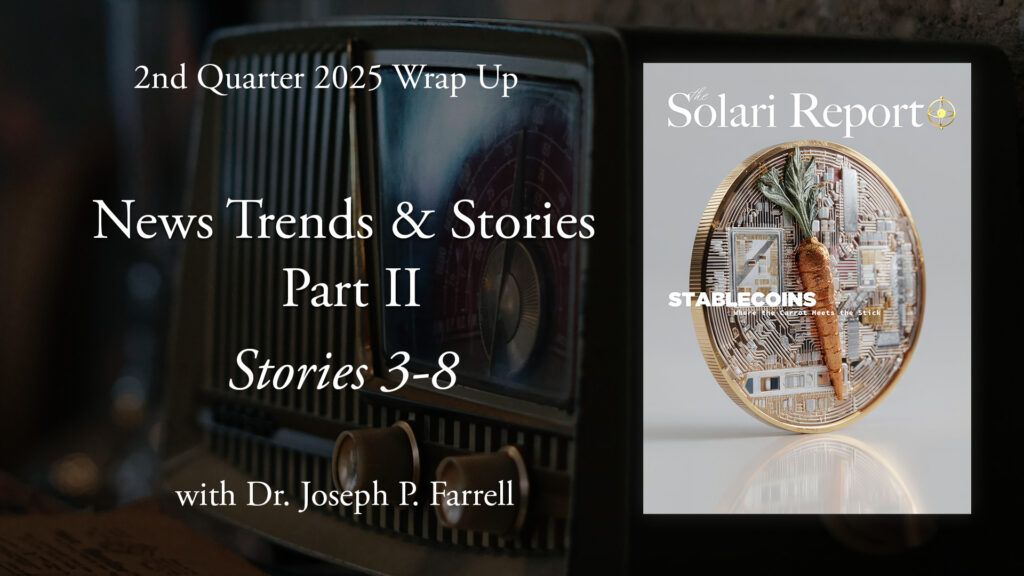
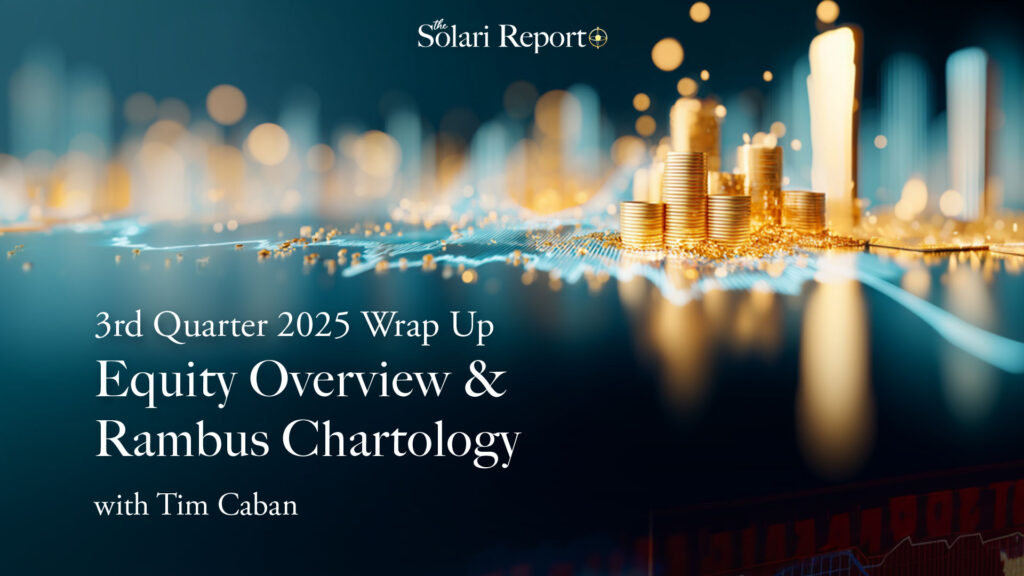
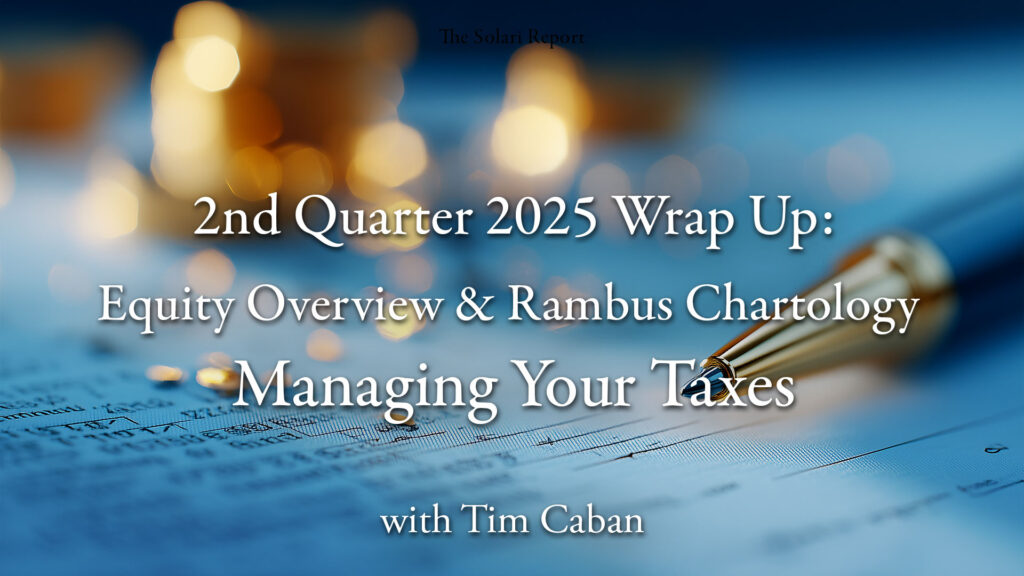
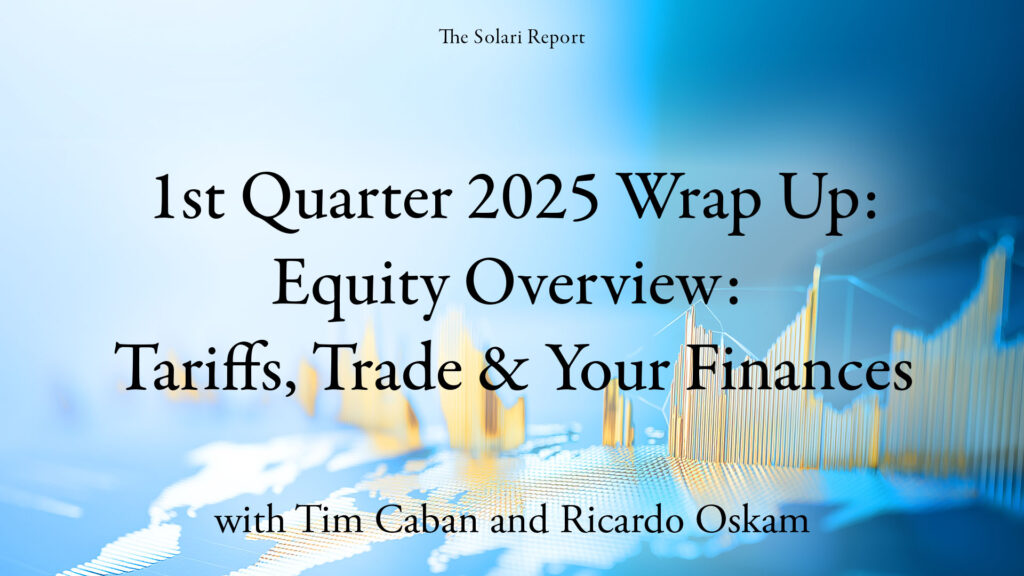
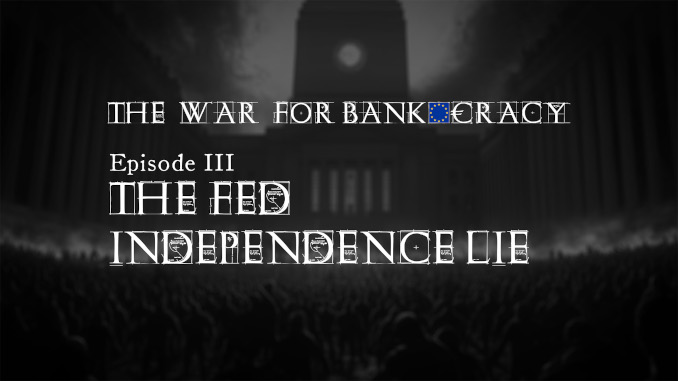
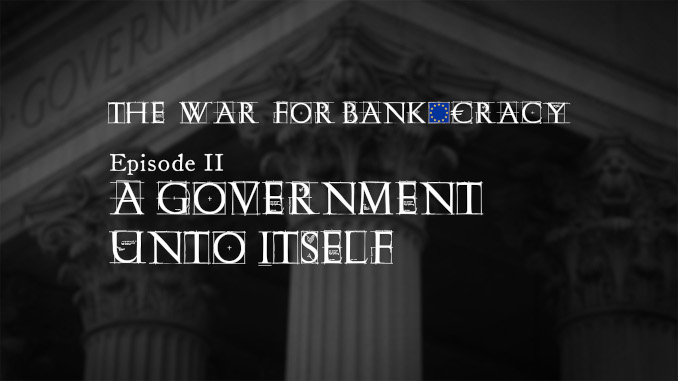
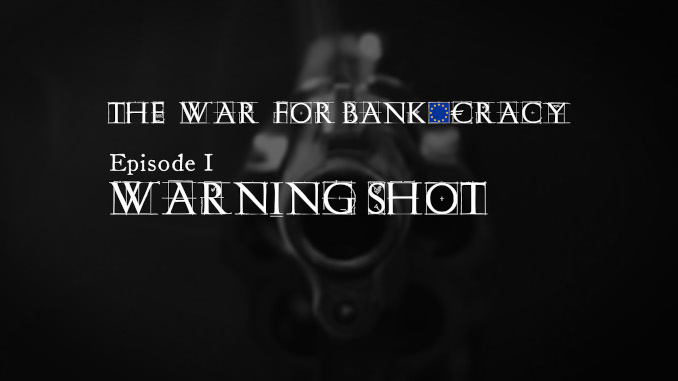
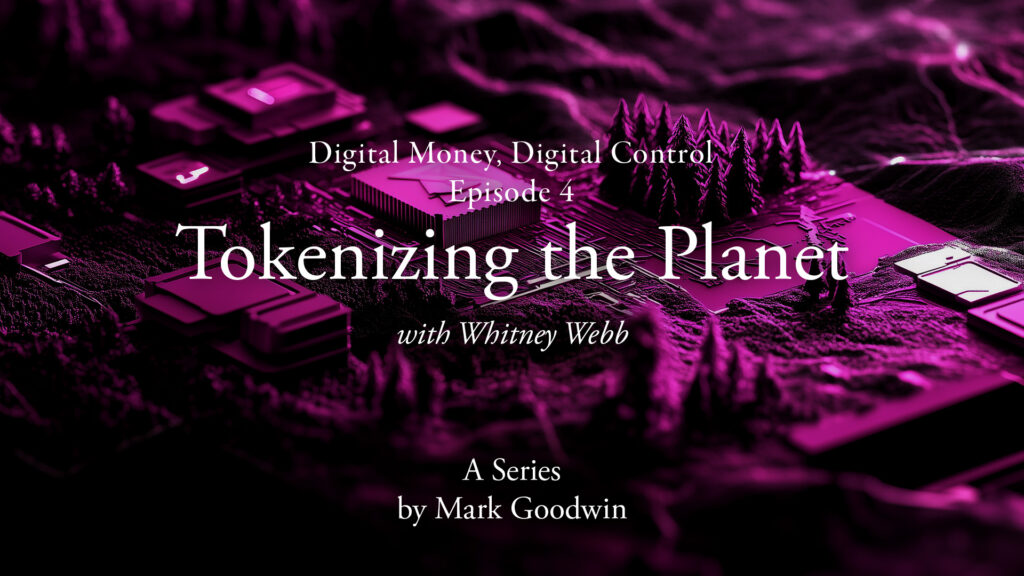
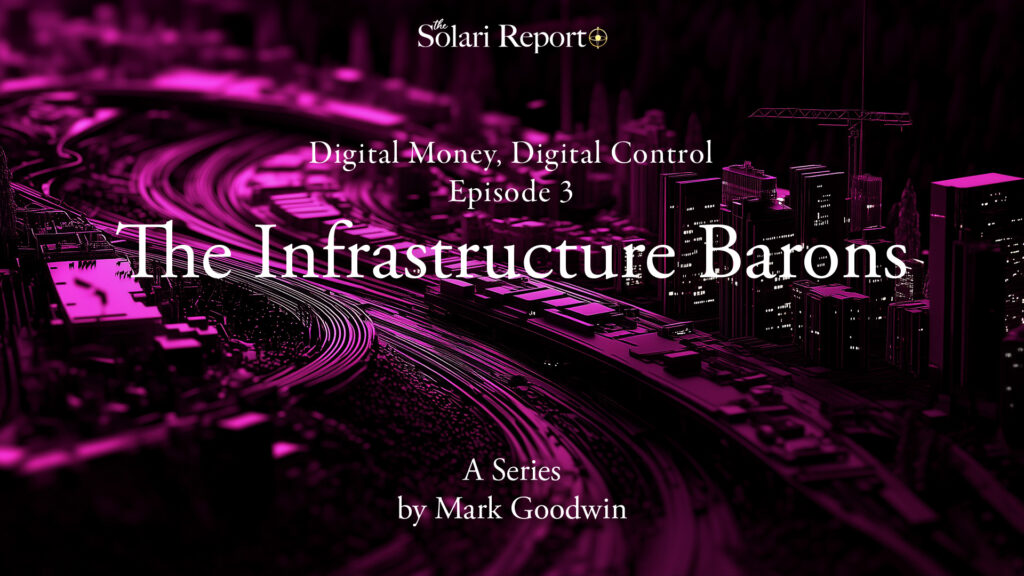
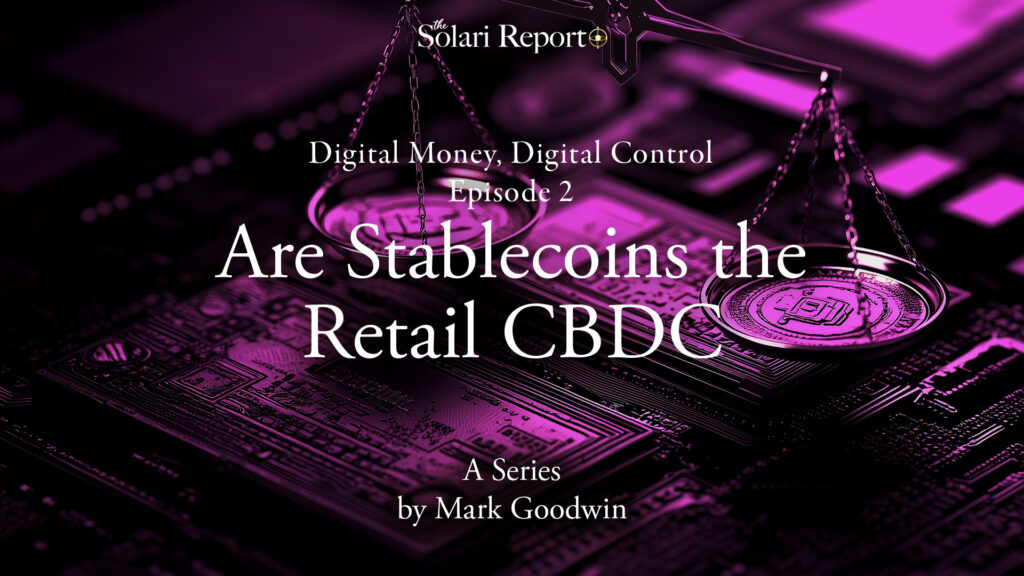
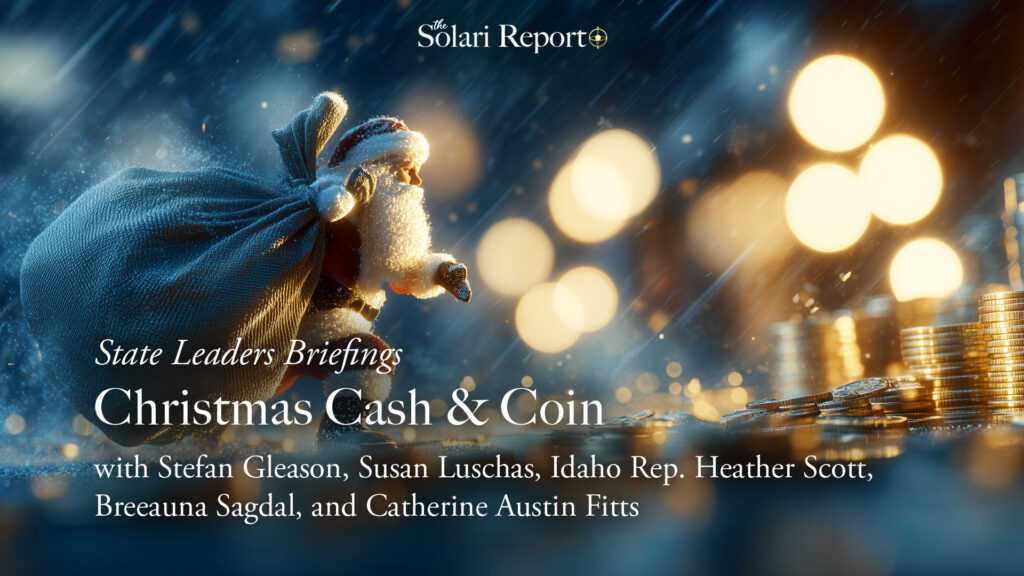
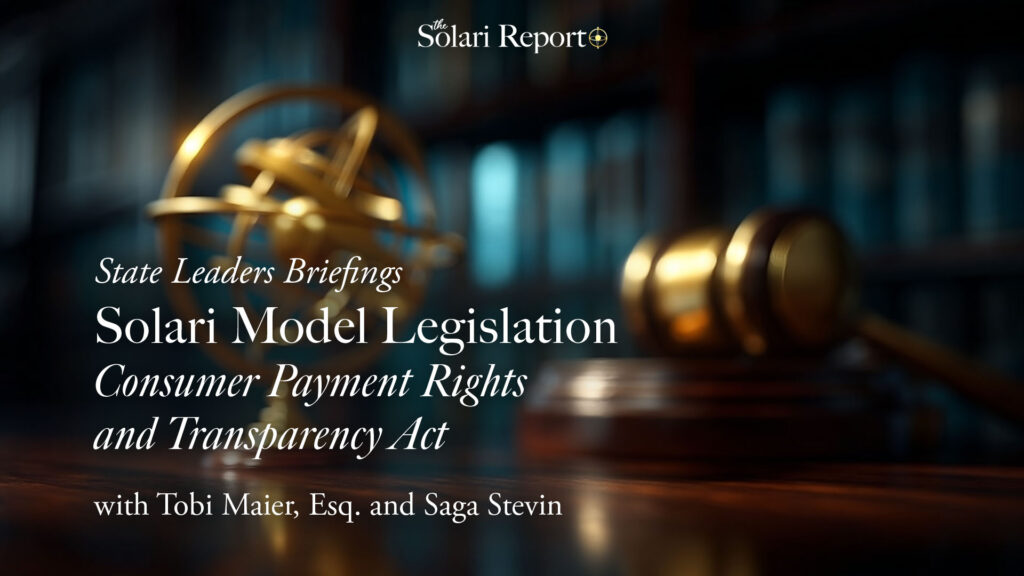
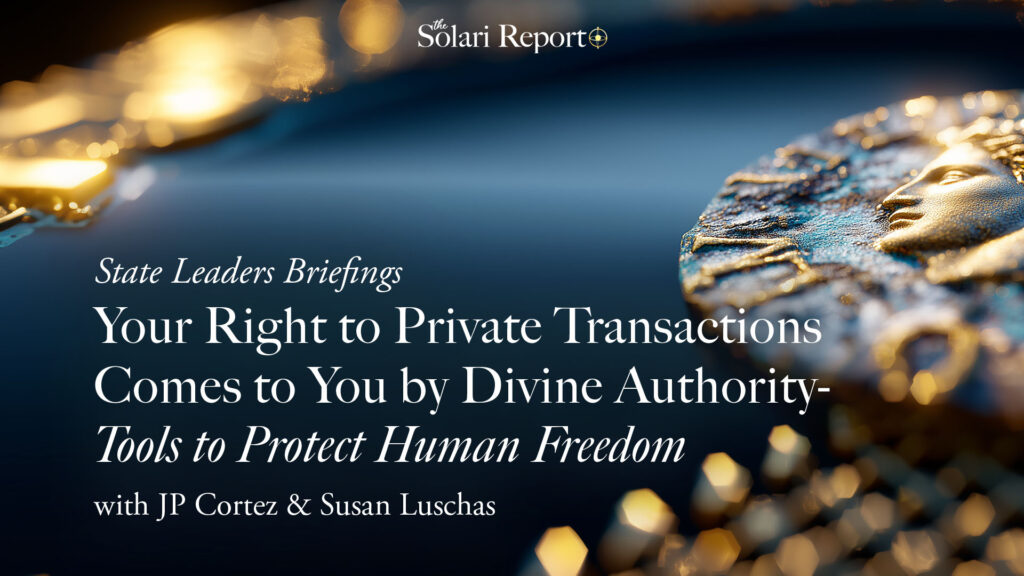
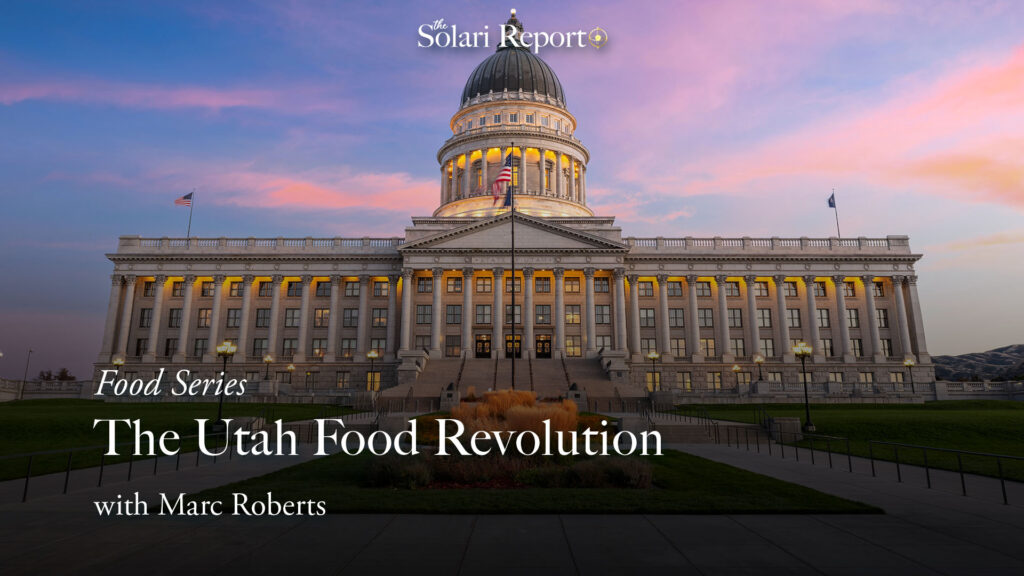












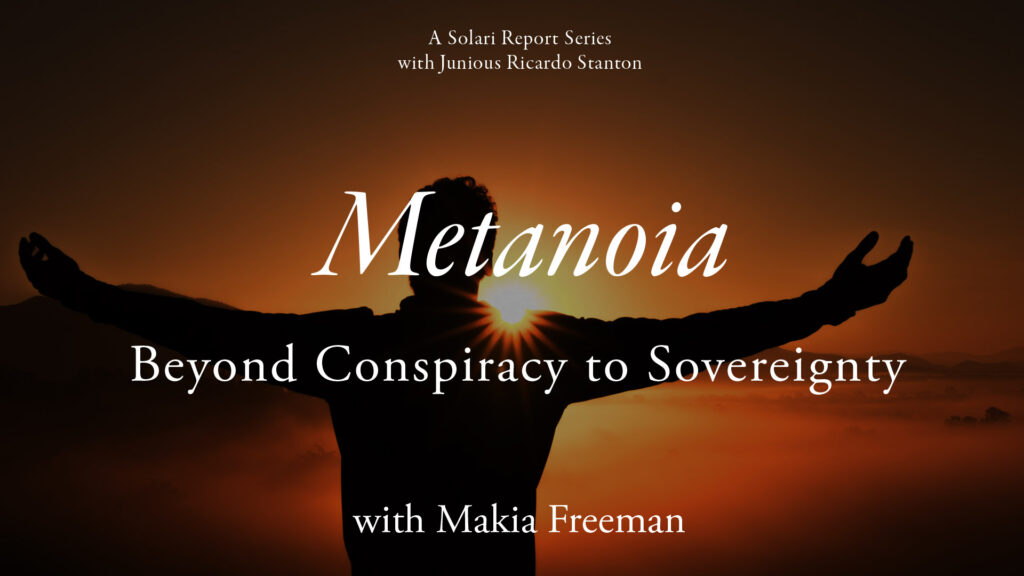





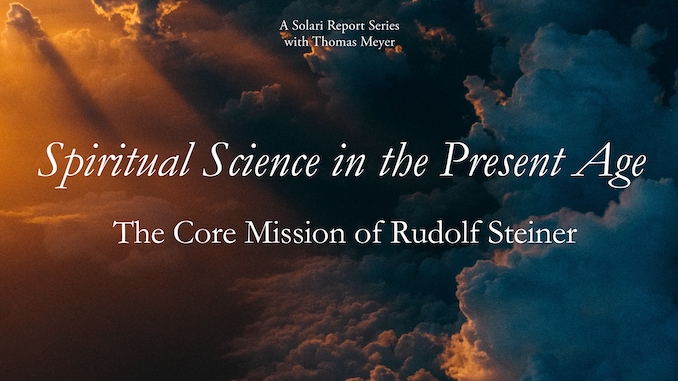



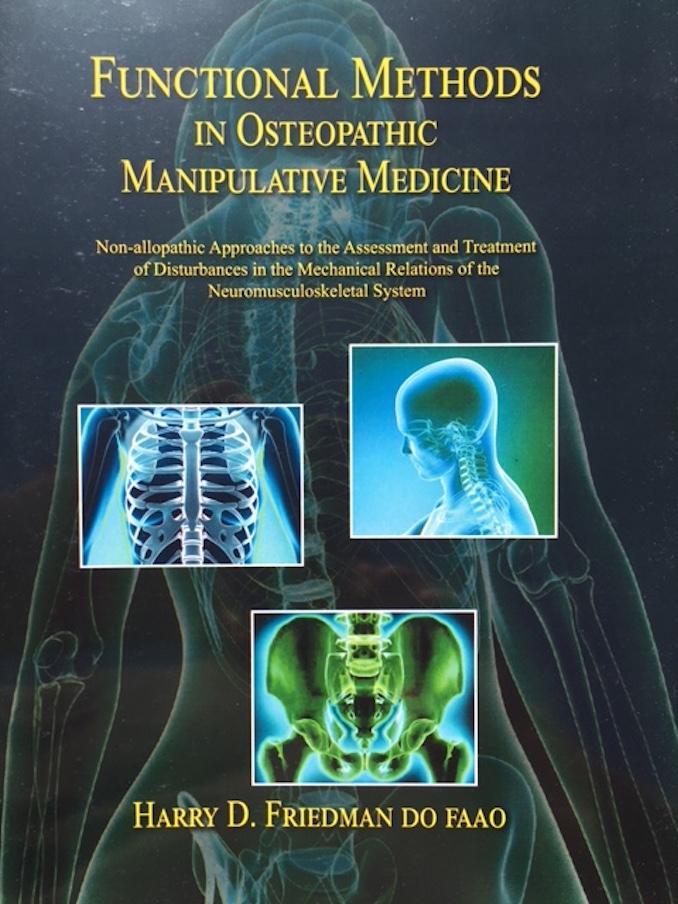






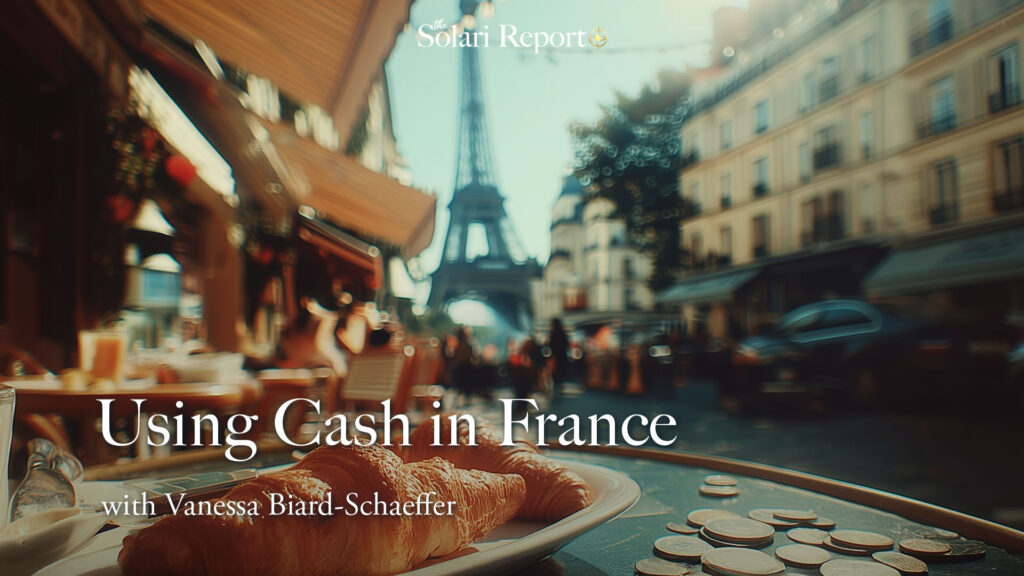
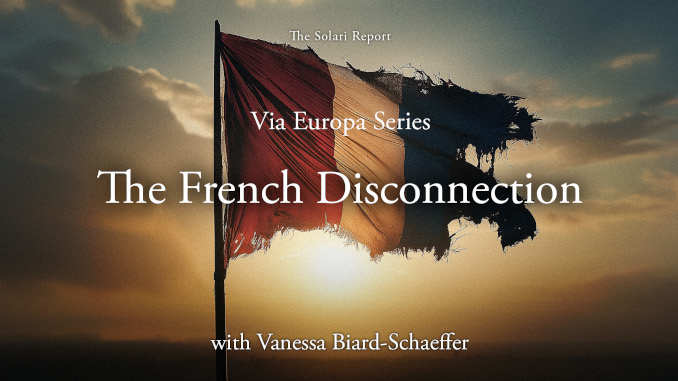
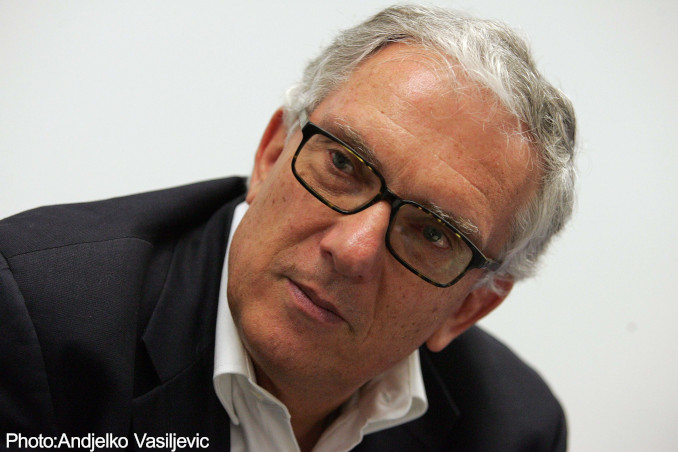


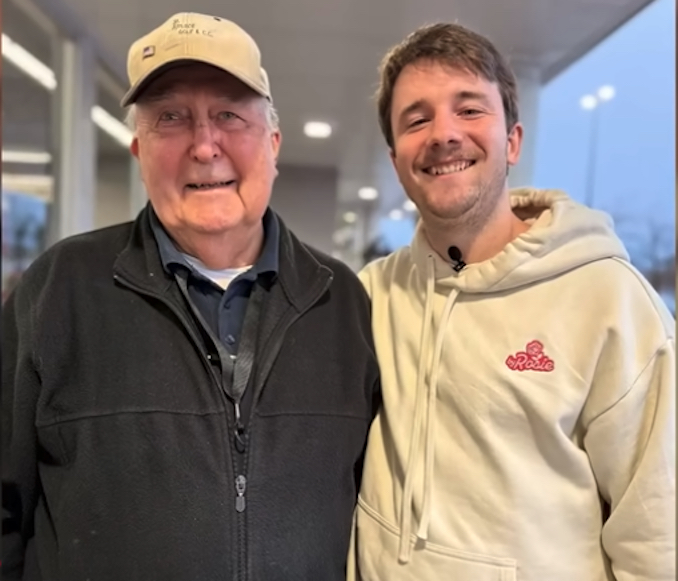
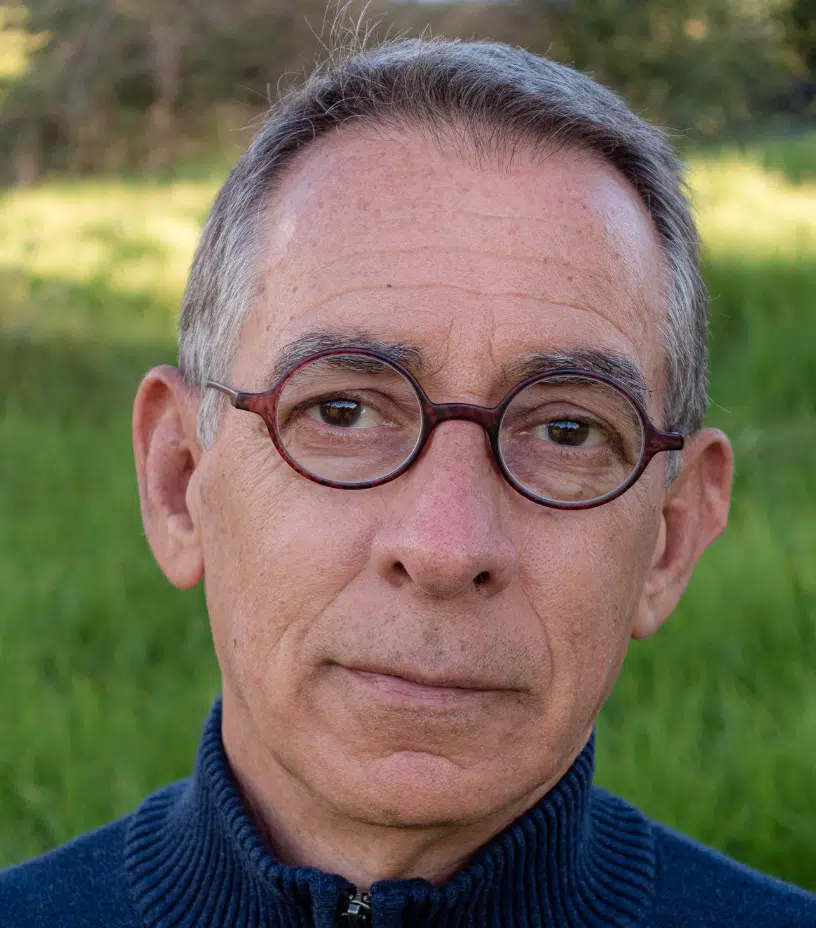
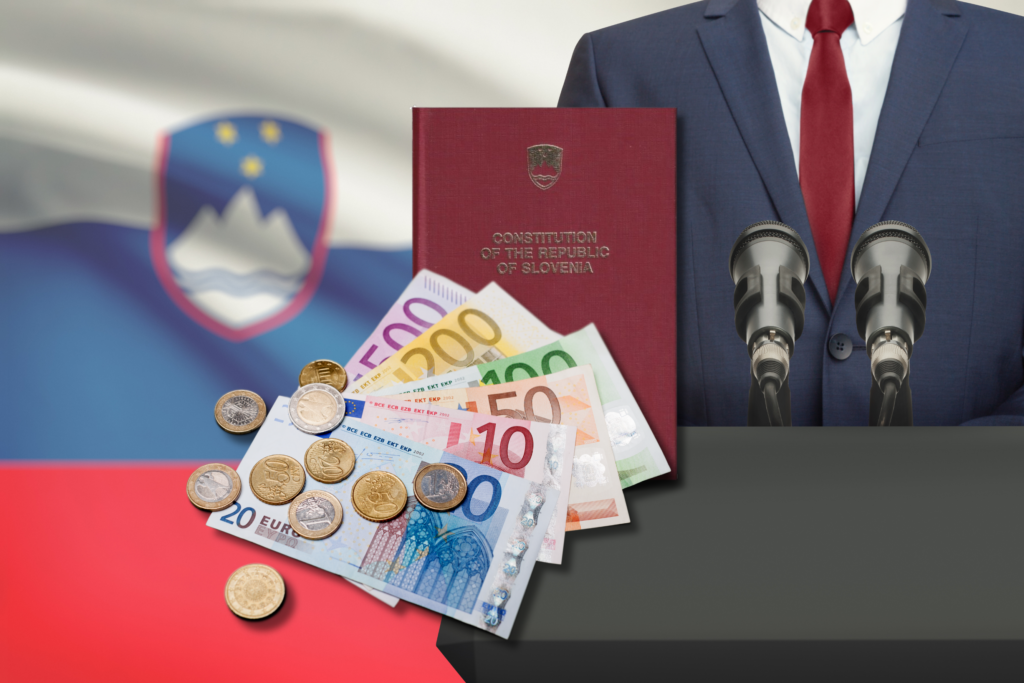





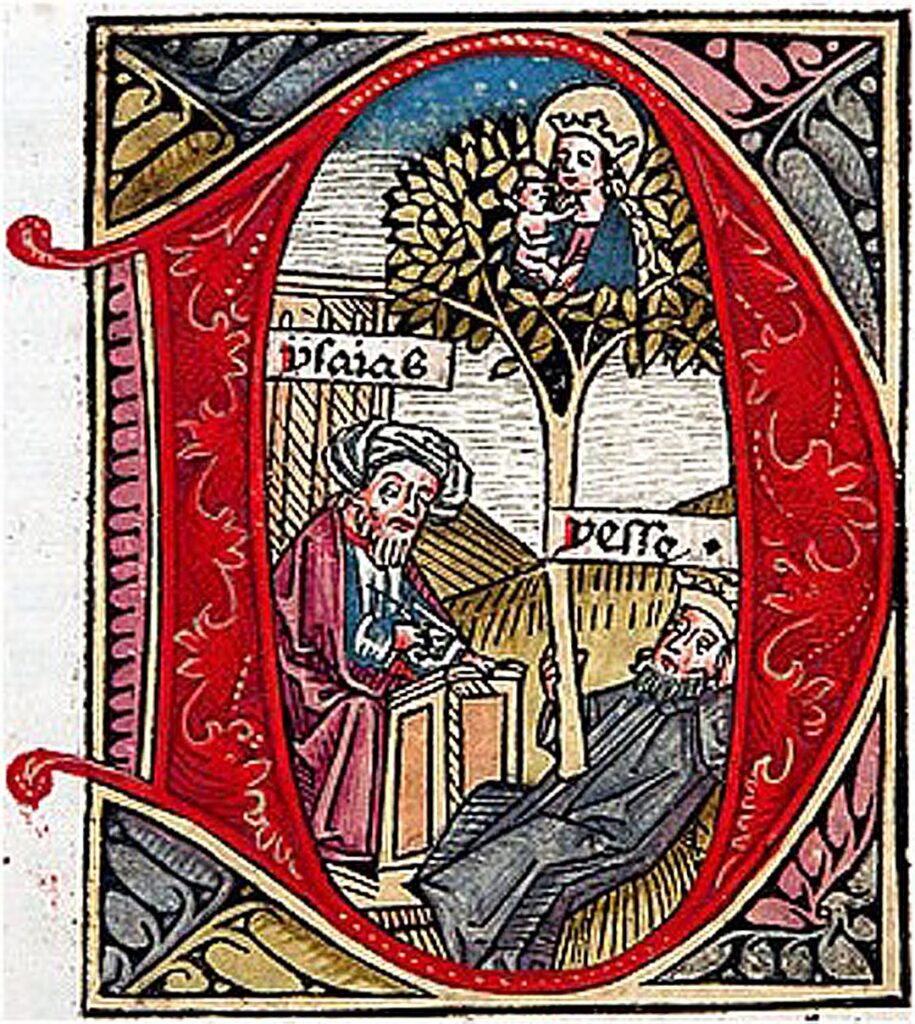

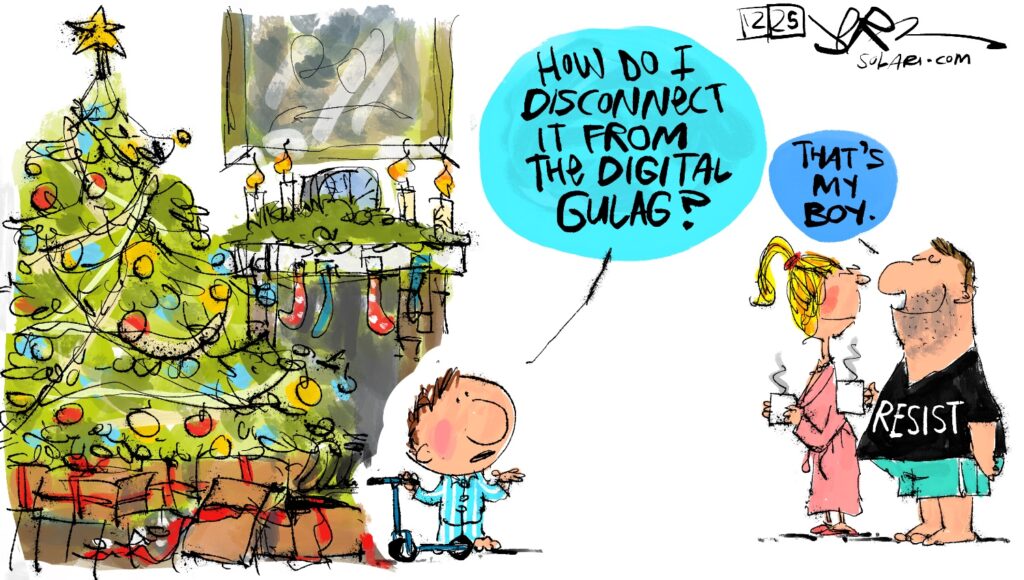
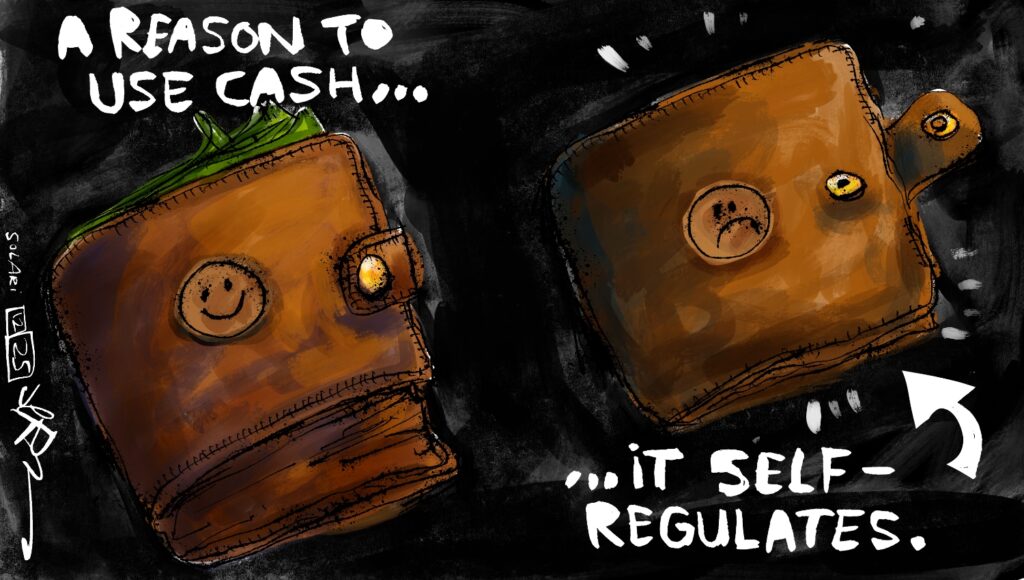
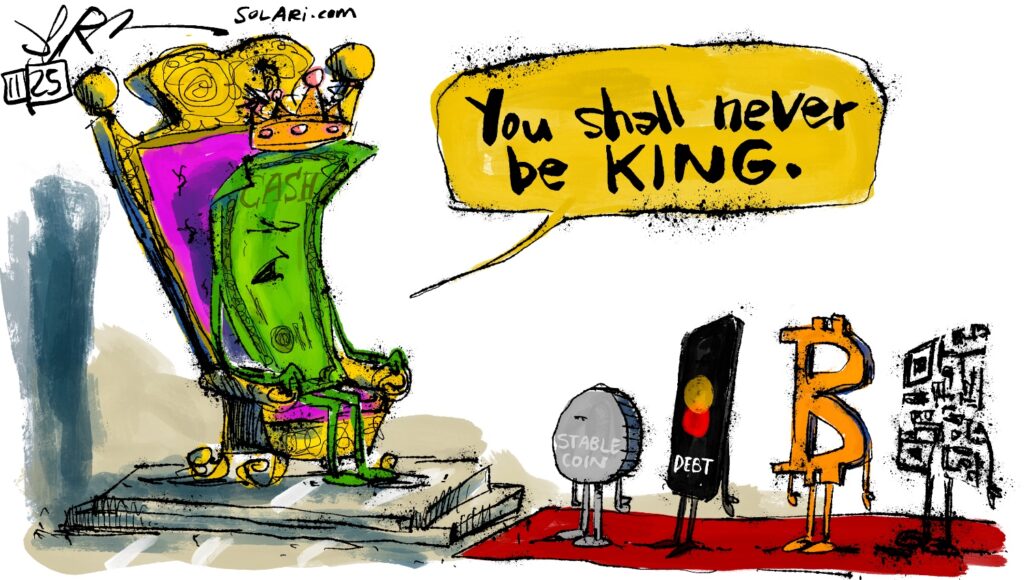
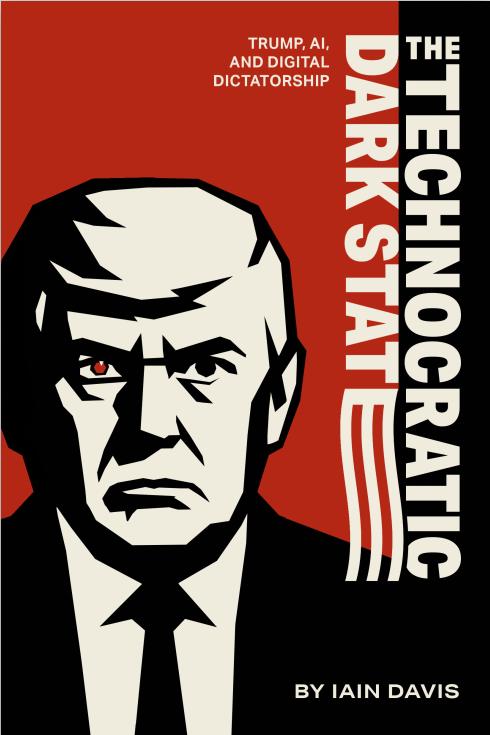
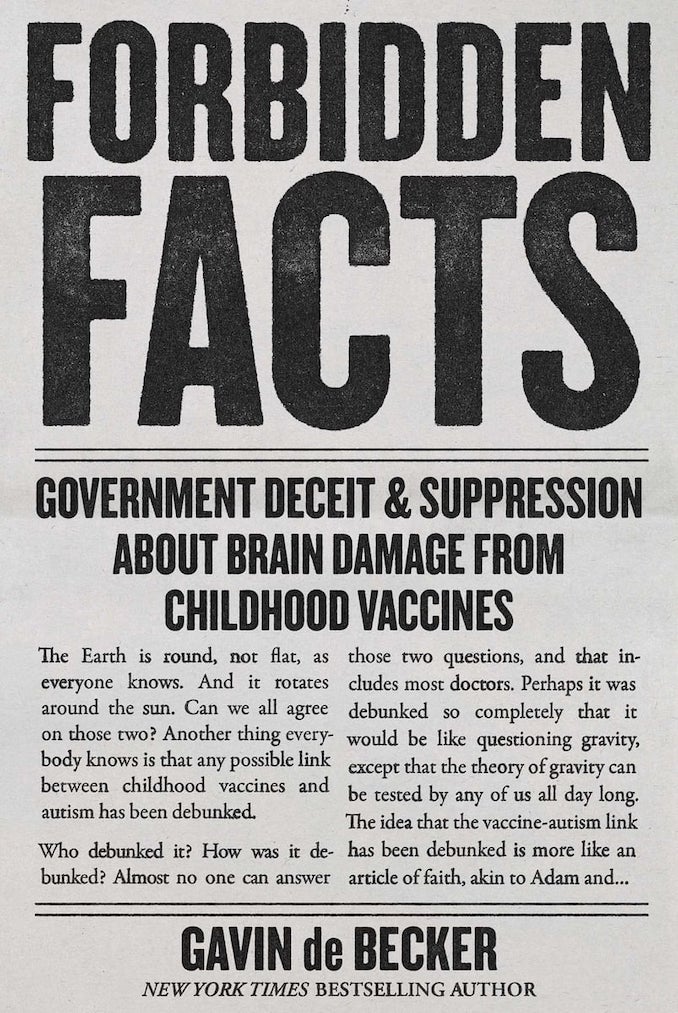

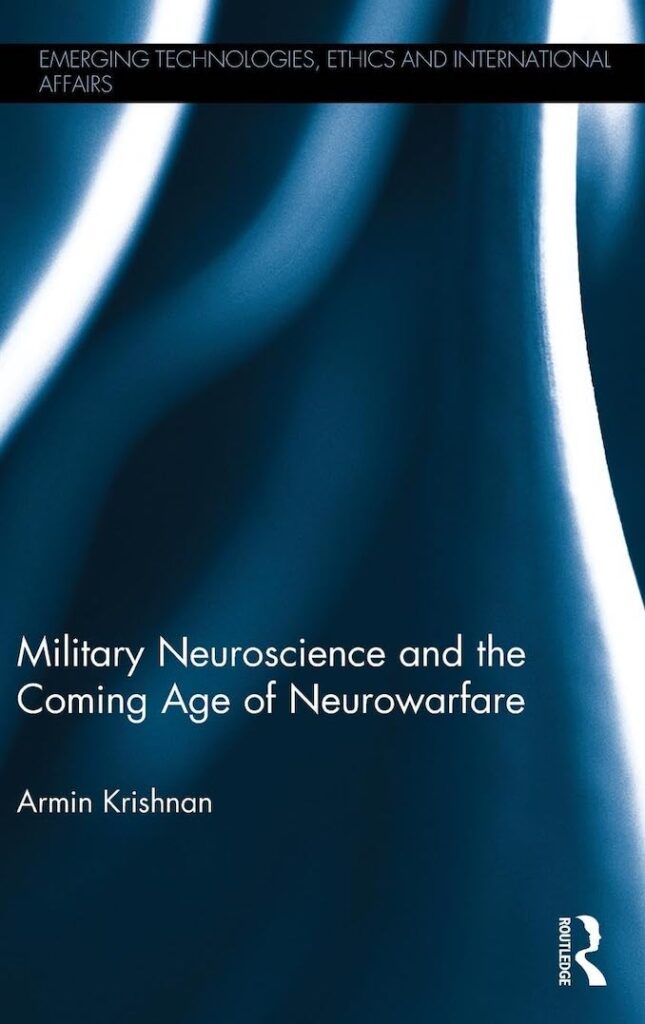











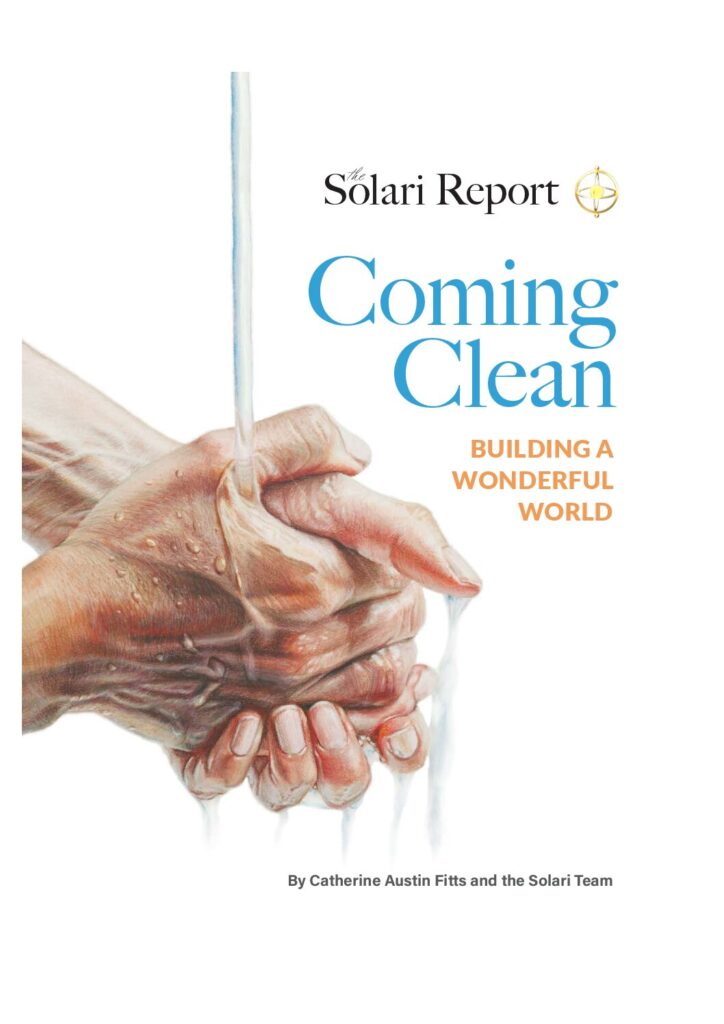

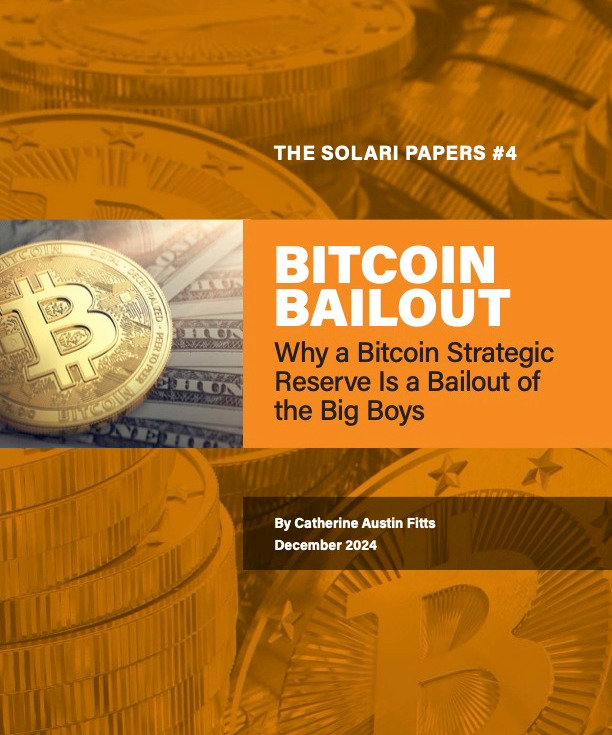
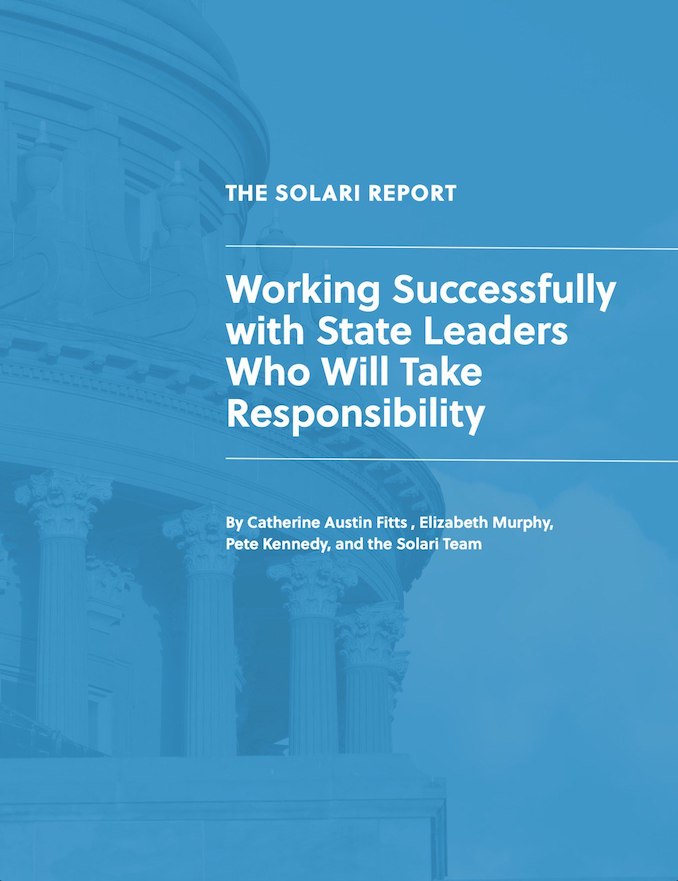
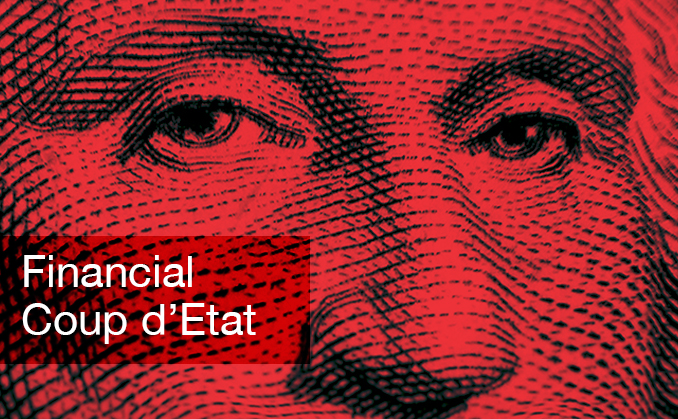

Catherine, I been reading “slowly” the “Myth of the Rule of Law or How money works” and cant really understand clearly how you come to such big numbers from kids dealing drugs in corners of cities. I know drug money laundering is in the bilions throughut USA and world, but for sake of a better understanding I think numbers your throw there maybe in a typo? Excuse my ignorance but I am trying to get this picture and since my english is not that good maybe need more explaining how could they generate 2-3MM in stock market value etc..? Sorry to bother..
Thanks (I am printing all your “Myth..” to read it more carefully many times..
Ricardo:
Publically traded stocks generally trade as a multiple of earnings. Hence, when a stock trades at multiples of 20-30X earnings, a $100,000 annual increase in earnings will result in the outstanding stock market value increasing by 20-30X, or $2-3MM
To understand the phenomenon, read http://www.dunwalke.com
As stock market P/E (price-earnings) ratios change over time, one would expect that as the P/Es rise, the pressure to find “earnings” grows.
For people who are not familiar with market leverage (of which PE is only one kind) it is hard to fathom how much money can be made from destroying a neighborhood of children.
So, yes, the $2-3MM is an appropriate number for the example.
Catherine
Thanks Catherine, I sure wll print all Dunwalke.com and read carefully.
Catherine, I heard you on coast to coast and read your article. Yours is the best explanation by any ‘expert’ I have seen. A coup de tat indeed! Thank you.
If every one of the following attacks on our liberty, free speech, sovereignty, and right to not be ruled over by an unelected banking dictatorship is not fiercely opposed and crushed…The United States will enter its end.
For those who will scoff, and say that they have been hearing this for decades…
The wholesale looting of America and the transfer of wealth and power over to a private banking elite has already happened.
TPTB who are setting up a world government, along with the means to label those who stand up and speak out against this agenda as terrorist!
Our future is a road to tyranny if we do not act now.
RED ALERT 1
The passage of the “Climate Bill” by the House and its likely approval by the Senate represents the entrée for the complete and total subjugation of any freedoms we had left and the beginning of nightmare regulation and suffocating control over every aspect of our personal lives by millions of green stasi tasked with enforcing impossible to attain goals of 80% carbon dioxide reduction – all based on the manufactured threat of global warming.
This bill will also sink the economy and create a new great depression, effectively obliterating America’s first world status. It represents a transfer of power and wealth from both the U.S. government and the American taxpayer over to the system of world government…
Cap and Trade can still be defeated in the Senate
Congress Contacts
To oppose contact the SENATE. there are only 100 senators and we have a WEEK to do it.
We have July 4th weekend to do it.
http://www.senate.gov...
RED ALERT 2
The seemingly endless economic “bailouts” represent the wholesale looting of the American taxpayer and the grand theft of trillions of dollars by private banking interests who refuse to even disclose where the money went.
Not satisfied with stealing tens of trillions, under the Obama administration’s new regulatory reform plan, the Federal Reserve is now trying to enrich itself with dictator powers that will give it complete control over the U.S. economy, handing them the authority to “regulate” and shut down any company whose activity it believes could threaten the economy and the markets.
We must rally now and lobby more members of Congress to support Ron Paul’s H.R. 1207 bill to audit the Federal Reserve and highlight the fact that Bernanke is spewing financial terrorism when he threatens an economic collapse should the Fed be opened up to scrutiny.
Information on Audit the Fed
RED ALERT 3
Federal hate crimes legislation, which in reality would criminalize “thought crimes,” has cleared the House and now faces the Senate as S.909, the Matthew Shepard Hate Crimes Prevention Act (officially, the Local Law Enforcement Hate Crimes Prevention Act).
S.909 is a direct violation of the First Amendment. It allows the federal government to prosecute people involved in “hate speech” transmitted over television, radio, and the internet
Information on Hate Crimes Bill
RED ALERT 4
The Senate bill S.787, otherwise known as the Clean Water Restoration Act (CWRA), would replace language in the regulatory act currently using “navigable waters” with “waters of the United States.”
What this means is that “the government would essentially be able to regulate everything from standing water in floodplains to creeks that run behind business and residences,”
They will not even let you collect rain water for your garden, seriously, a woman has already encounterd this problem.
Information on S 787 Water Bill
RED ALERT 5
Amongst the myriad of assaults on the Second Amendment rights of American citizens undertaken by the Obama administration during the course of its first year in office, the one that stands out as the most alarming is the attempt to ban people who appear on the terrorist watch list from buying guns.
But isn’t stopping terrorists from buying guns surely a sensible measure to take? The problem is that the terrorist watch list, sometimes called the no fly list, is not a list of likely terrorists, it is a sprawling database of of innocent people that contains the names of over one million Americans.
Information on HR45 Petition Citizen Disarmment Act
RED ALERT 6
Our right to protest against any of the egregious assaults on the Constitution that are listed above is itself being removed by new law enforcement and Pentagon training manuals and guidelines that define protesting as domestic terrorism.
Current Department of Defense anti-terrorism training course material states that the exercise of First Amendment rights in the U.S. constitutes terrorist activity.
ONE MINUTE TO MIDNIGHT
If we don’t stand up in unison and exercise our right to protest and free speech now more than ever before, while pointing out that the real terrorists are those who would seek to destroy the freedoms enshrined in the Bill of Rights, then we may find ourselves doing our protesting behind the barbed wires and the concrete blocks of an internment camp.
The hour is late, the clock stands at one minute to midnight, and the federal government, through all the examples documented above, is on the verge of implementing nothing less than a total environmental, financial and societal dictatorship and killing what once was the United States of America.
Hi Catherihne.
I have grown increasingly intersted in your work. Above, you write:
“Slowly, as the pieces fit together, we shared a horrifying epiphany: the banks, corporations and investors acting in each global region were the exact SAME players. They were a relatively small group that reappeared again and again in Russia, Eastern Europe, and Asia accompanied by the SAME well-known accounting firms and law firms.” (Emphasis mine – Sam).
I’m not inetersted in family names. But when others have asked about names, maybe they were asking who these “SAME” players are. Which companies, that is. If I look at today’s headlines, I see the names of banks. OK. But Banks are only part of the process. Which companies are privatizing national assests? No one has smoked-out these rascals to my satisfaction.
What can you tell us? How can I boycott what I haven’t identified? I will be moving on to the “Come Clean” series, now.
Love,
Sam
Thanks Catherine for your hard work and honesty I am still reading “dunwalke” and understand better the world. Yes, there are other ways to head for real progress. Here one:
http://www.polyfacefarms.com/default.aspx
Yes, we can do it if we change our perspectives. I think you have helped a lot to change many people minds/perspectives on how to approach truth of money and how to change our day to day lives.